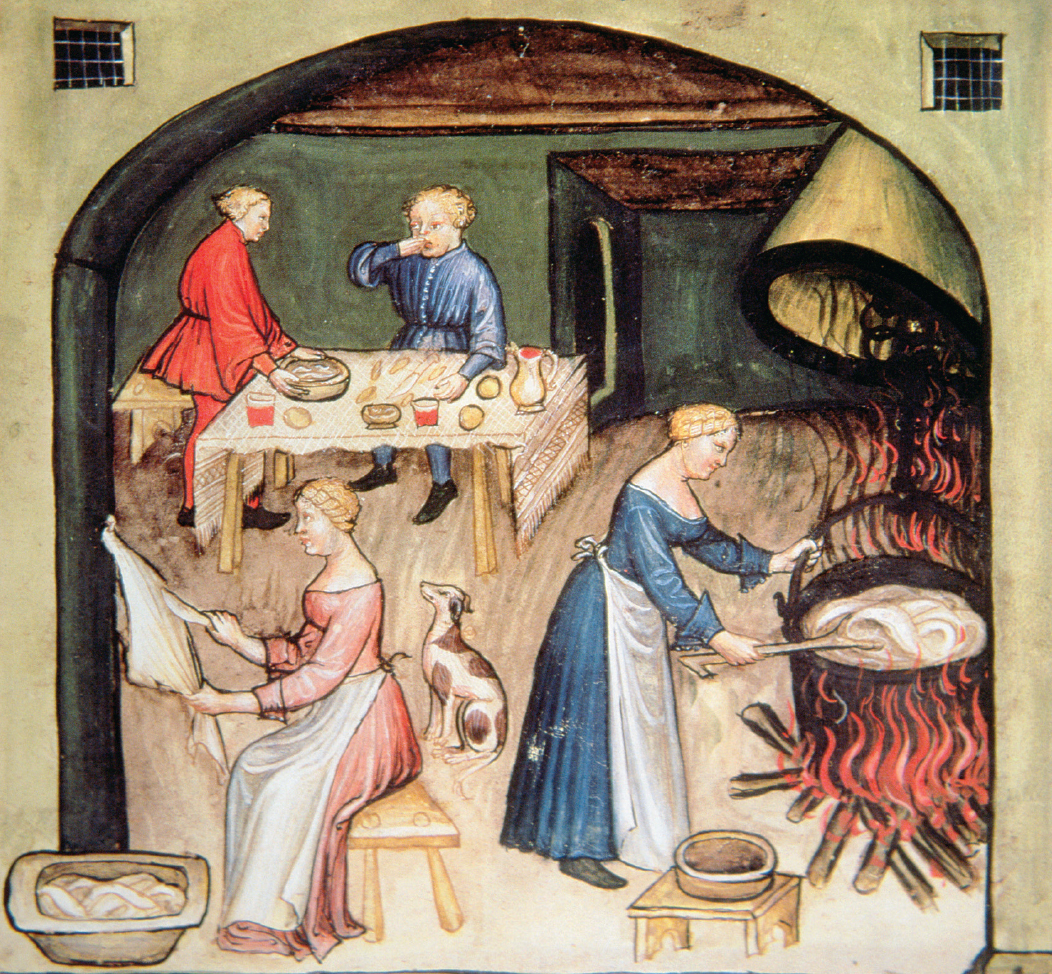Understanding Western Society
Printed Page 300
Legal and Medical Training
The growth of the University of Bologna coincided with a revival of interest in Roman law during the investiture controversy. The study of Roman law as embodied in the Justinian Codex (see "The Law Code of Justinian" in Chapter 7) had never completely died out in the West, but in the late eleventh century, a complete manuscript of the Codex was discovered in a library in Pisa. This discovery led scholars in nearby Bologna to study and teach Roman law intently.
Teachers at Bologna taught law as an organic whole related to the society it regulated, an all-
Jewish scholars also produced elaborate commentaries on law and religious tradition. Medieval universities were closed to Jews, but in some cities in the eleventh century special rabbinic academies opened that concentrated on the study of the Talmud, a compilation of legal arguments, proverbs, sayings, and folklore. Men seeking to become rabbis — highly respected figures within the Jewish community, with authority over economic and social as well as religious matters — spent long periods studying the Talmud, which served as the basis for their decisions affecting all areas of life.
Professional medical training began at Salerno. Individuals there began to translate medical works written in Arabic. These translations included writings by the ancient Greek physicians and Muslim medical writers, a blending of knowledge that later occurred on the nearby island of Sicily as well. (See “Picturing the Past: Healthy Living.”) Students of medicine poured into the city.

CONNECTIONS: Given what you have learned about medieval medical care, why might a handbook like this have been popular with literate urban residents?
Medical studies at Salerno were based on classical ideas, particularly those of Hippocrates and Aristotle (see "The Flowering of Philosophy" in Chapter 3). Prime among these was the notion of the four bodily humors — blood, phlegm, black bile, and yellow bile — fluids in the body that influenced bodily health. Disease was generally regarded as an imbalance of humors, which could be diagnosed by taking a patient’s pulse or examining his or her urine. Treatment was thus an attempt to bring the humors back into balance, which might be accomplished through diet or drugs — mixtures of herbal or mineral substances — or by vomiting, emptying the bowels, or bloodletting.
These ideas spread throughout Europe from Salerno and became the basis of training for physicians at other universities. University training gave physicians high social status and allowed them to charge high fees. They were generally hired directly by patients as needed, though some had more permanent positions as members of the household staffs of especially wealthy nobles or rulers.